At the Asian Dinner Table, Everyone Is Welcome
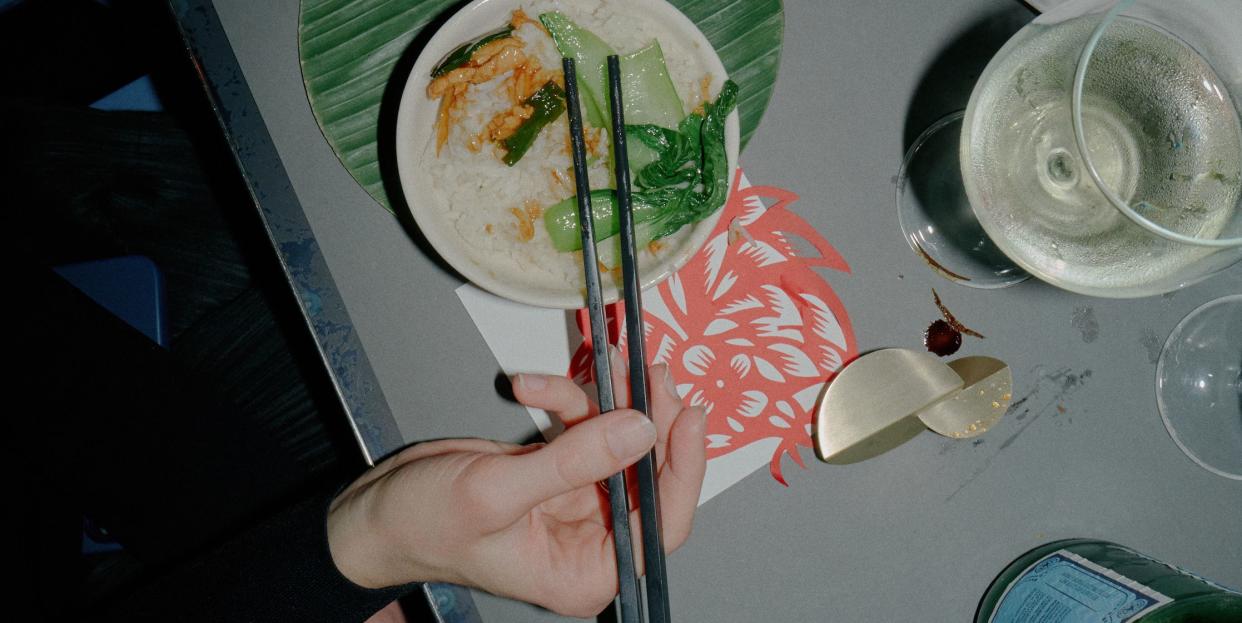
When Andrea Hill, founder of the five-year-old home brand Tortuga Forma, decided to launch a tableware collection during Milan Design Week, she knew exactly whom to call: longtime collaborator Farrah Sit. Both first-generation Chinese-Americans, Hill and Sit, an industrial designer, and the founder of Light + Ladder, saw a unique opportunity to leverage their shared experiences in a collaboration that centered and celebrated Asian identity.
Kaolin, named for the white silicate clay used to make porcelain, is at once a practical, multipurpose dining set and a manifesto of sorts, giving pride of place to the humble rice bowl and serveware inspired by that in Sit’s own family restaurant, Eng’s, in Kingston, New York. The launch dinner, held in Milan at a Chinese restaurant run by a multigenerational Chinese-Italian family, was a testament to the collection’s functionality as much as its creator’s sense of fun. We sat down with Hill and Sit to chat about their inspirations, goals, and love of a great (Chinese) meal.
ELLE DECOR: What sparked the idea for this collection? Why now?
Farrah Sit: I really wanted to dive into what makes Andrea happy. I think it was right after Lunar New Year that she showed me these multicolored dumplings that she makes by the hundreds by herself, and I was just so impressed by her. It was cool to just keep talking and unfolding our shared experience. Growing up in upstate New York, I felt like mine was the only Asian family. There were so many times that I would ask Andrea, “Is this normal? Did you guys do this too?” And she was like, “Yes, we did that.” Through her total excitement and support, and my background designing tableware for Calvin Klein Home and having grown up in the restaurant industry, I was like, “I got this.” It was really healing.
Andrea Hill: Farrah and I had already collaborated, so there was a sense of trust. I don’t think I would’ve developed this brief for any other designer. It’s such a nuanced collection, but it doesn’t feel too niche. It actually felt like a very global conversation that we could have by developing a specific piece in what I think is a very underserved category in general. There’s this zeitgeist of new Asian restaurants, and we’ve seen the rise of all of these Asian sauces and condiments in the consumer packaged-goods market. It felt like we didn’t see any of that dialogue happening in the home or tableware space. And it felt like there was something we, specifically as Farrah and Andrea, could do about that.
ED: Dining can be a very hierarchical experience, in a lot of ways. What are the cultural implications of reorienting a diner around the Asian table and dining traditions?
FS: Andrea initially brought up designing the rice bowl, and I was so excited about it because it’s such a love piece at home, but it’s never used outside. I’ve been to the nicest restaurants in Hong Kong, and you’re still left chasing a rice kernel off a plate. As an industrial designer, it’s kind of insane. It’s worse than eating tacos with a fork and knife because the rice loses steam. So we wanted to really celebrate this little bowl.
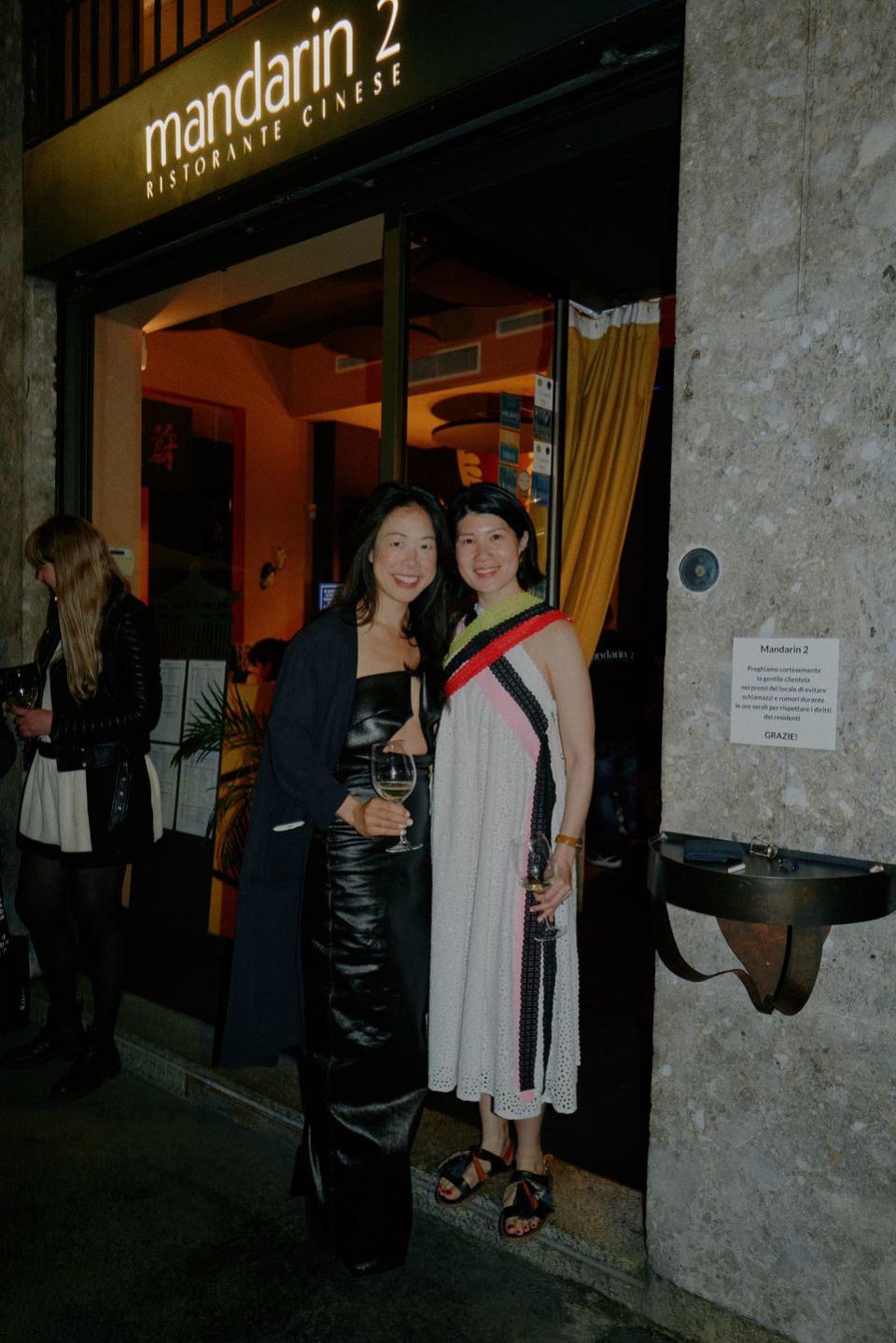
ED: You literally put the rice bowl on a pedestal. Is that a metaphor?
FS: That too, but it was also a way to tie the at-home experience into how we serve food at the restaurant. By raising it, you’re able to fit more dishes on a table.
AH: When I throw a big dinner party, I don’t think about hierarchy necessarily. But the Asian table specifically, in many homes and restaurants, is round, so there is no hierarchy. Everyone sits facing each other. And roundness in Asian culture is actually an incredibly important concept. My Chinese name has the word round in it—well rounded. It has a little bit of the character of the moon in it, and it means complete and harmonious. So when I think about the forms that Farrah ended up using in the collection and the shape of the vessels, everything is round, everything is modular, everything is to some degree part of a sphere. Even the details in the foot of those pedestals or the chopstick holder—it’s a play on a sphere that’s bisected and then offset. I do think that maybe subliminally or subconsciously, we were thinking about some of those forms that have cultural significance.
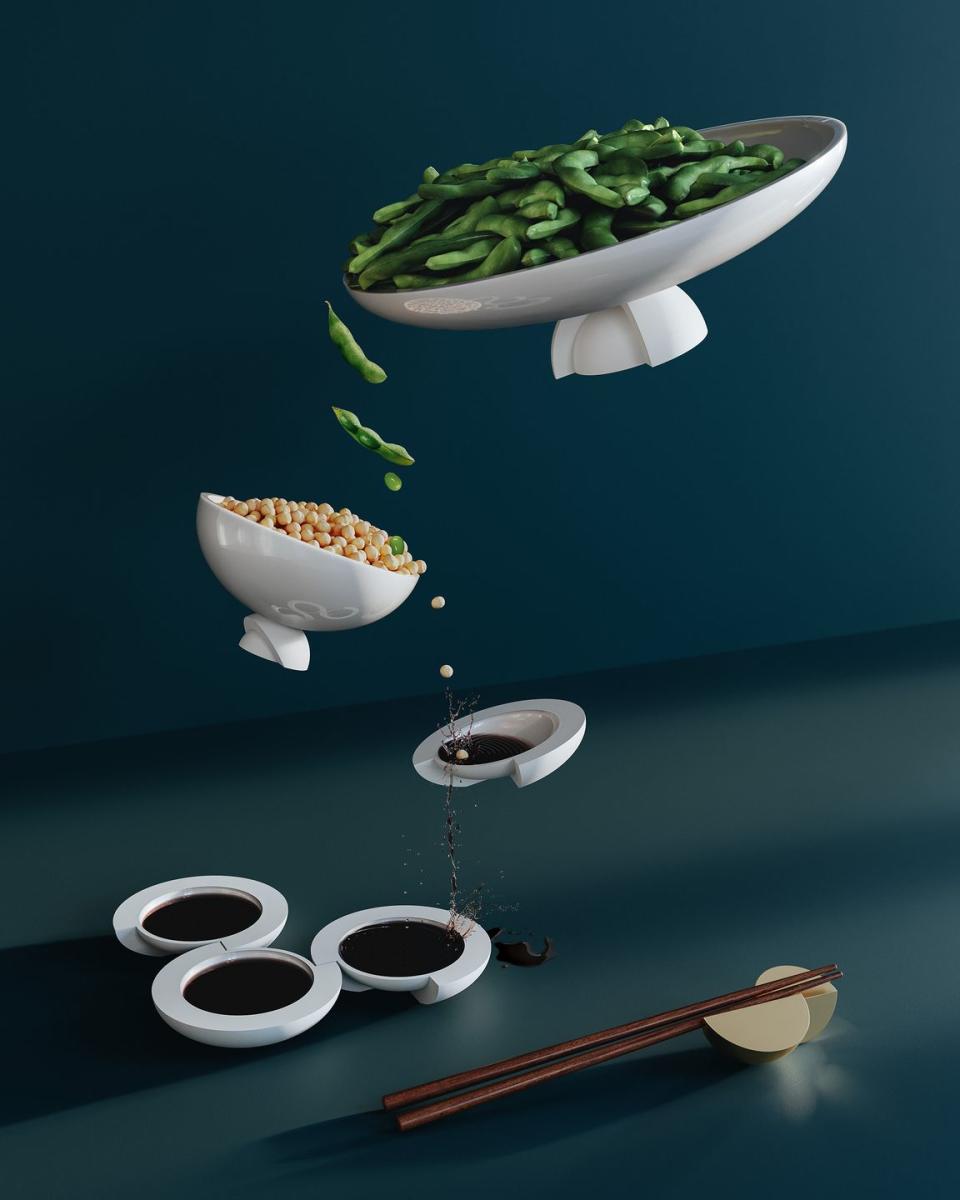
ED: Asian cuisine is oftentimes subject to the concept of Western refinement, or Westernization—to a very Americanized understanding of Asian cuisine and customs. How does it feel to use this collection as a way to communicate shared values in opposition to that?
FS: The way Asian food is served, we serve each other. Throughout the dinner you might see someone has finished this dish or that, and so you might lean over and serve them more. It’s all about, as Andrea said, this harmony, this communal gathering. You’re kind of constantly watching each other and making sure everyone’s okay. In a way, I feel like we’re refining the way we dine because Westernization has pulled everyone apart, to be so individualistic, and to consider so much to be disposable. This collection is begging us to come back and enjoy these moments that our fast culture has eliminated.
AH: Also, I do think Chinese foods specifically, as well as other Asian foods and other immigrant foods, have had this association with delivery, takeout, cheapness, being unhealthy—all these other kinds of negative associations. But a lot of those services came out of a need for the first, second, or third wave of initial immigrants to meet their audience where they were. And then sometimes they were making food that had nothing to do with the food that they actually wanted to eat. Out of economic necessity and exclusionary acts and violence against immigrants who couldn't find other jobs, they had to cook for a living. And the audiences that wanted to eat those foods were Western. So naturally over time, that food really changed. That is there in the history of Chinese food in America and I think that definitely played into the development of this collection. We asked ourselves, How do we share the very best of our culture and not the challenging, painful history of immigration and what that has done to the cuisine in a negative way?
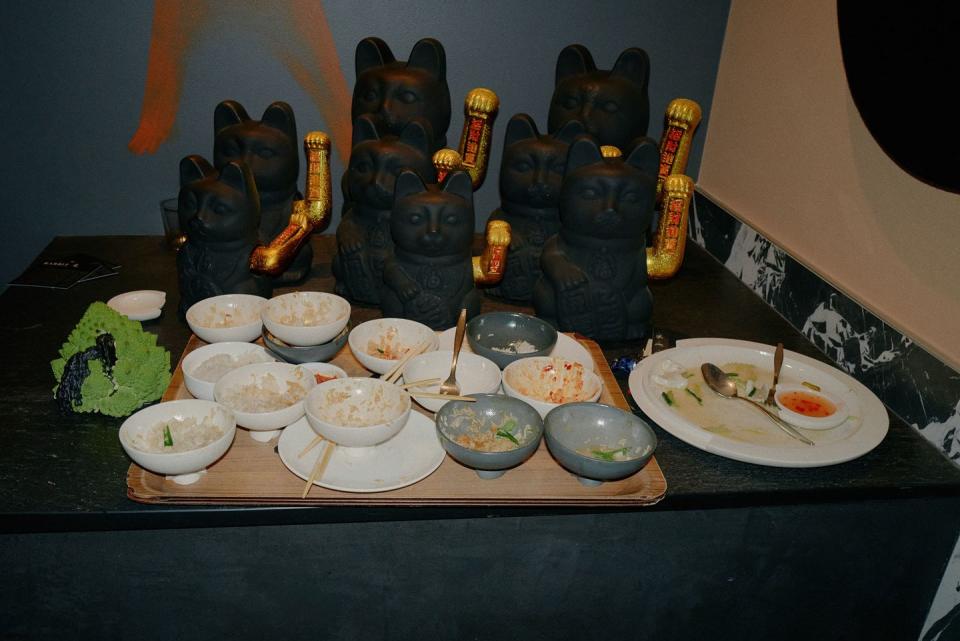
ED: We’ve talked a bit about the shape and form of the vessels, but you also decided to make Kaolin in—and name it after—porcelain. And it’s interesting because people are eating off of their fine china, or stocking their cupboards with it out of a sense of decorum or propriety as you mentioned, Farrah, but that’s become so disconnected from the history of the material and its history in China, specifically. What was it like to dive into that manufacturing legacy when developing this collection?
AH: I think it’s beautiful to remember china as a word for quality. I do think it’s interesting that porcelain itself became synonymous and interchangeable with the word china, just because it’s one of the original sources of the highest quality porcelain. But it was also important for us when we were coming up with the name Kaolin that it be something standalone from Tortuga or Farrah Sit. For us, we wanted something that actually reminded us of the base material of porcelain, which is a white silicate clay.
FS: We actually used the facility that Light + Ladder has been working with for many years now. The woman who owns it also went RISD, the school that I went to, and they create their own porcelain in Vermont. The studio sources all of their energy from noncarbon-based energy sources, and the building buys additional solar energy. It’s a super eco-friendly space, which is unheard of when you’re talking about firing ceramics to a couple of thousand degrees. It’s just a really special situation that we have up there.
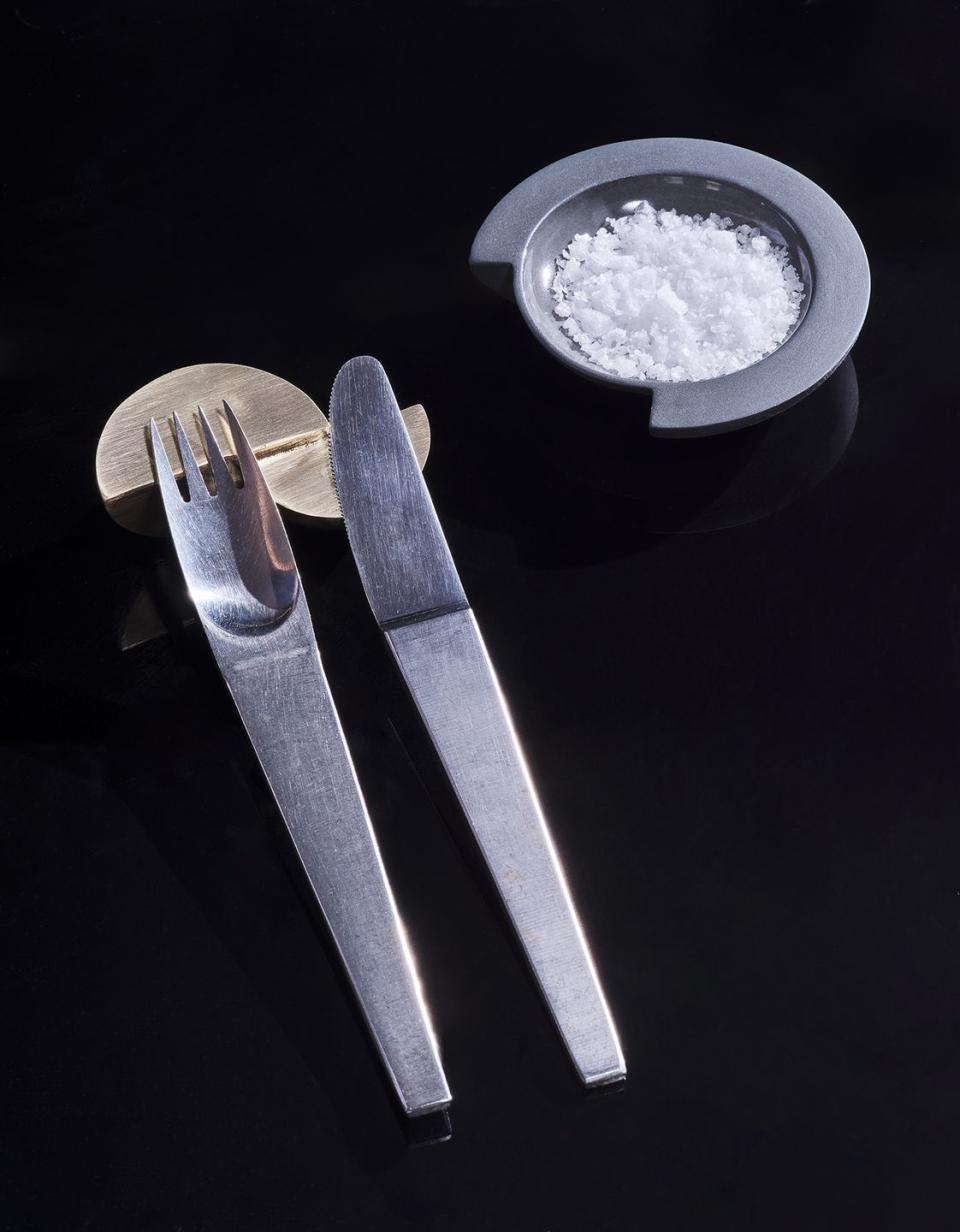
ED: How do you hope this collection will be received?
FS: Designers create tomorrow’s relics. They make up stories about what a civilization valued. If we could decide today, hey, let’s not miss these moments that we can gather together and appreciate time and appreciate these spaces, then let’s do it. To actually own pieces that you take care of for a longer period of time. Porcelain is the most dense version of ceramic, so it’s really hard to break. And just keeping things longer, not even the objects, but Mother Earth and our relationships with each other. I think it’s all about the harmony between all these elements, between the objects, the earth, and our relationships to each other.
AH: I think that being able to hopefully communicate to people who want to buy the collection, or not, just how much love and nourishment Farrah and I get from Asian cuisine and Asian culture, and how they can participate in that by just learning this little bit. I think that would be a wonderful result from this. All of these pieces can just as beautifully work on a Western table, but how do you tell that story? And did we want to dilute our own story to do so? Anyone can see that a platter is a platter or a bowl can be a bowl. But for us, it was important to share the intentionality of how Kaolin came to be and then to allow people to use it however they see fit. It is called a rice bowl in our culture, but when you gather you can use it for absolutely anything you want. Community is such a huge part of this collection. Community means there’s an extra seat at the table for anyone to come in.
You Might Also Like

